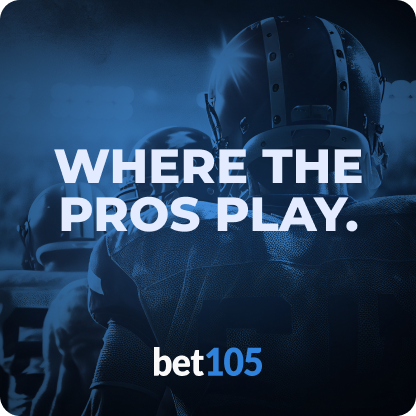The Convergence of Fantasy Sports and Traditional Betting
Introduction The worlds of fantasy sports and traditional sports betting have long existed as separate entities, each catering to

Introduction
The worlds of fantasy sports and traditional sports betting have long existed as separate entities, each catering to different types of sports enthusiasts. However, in recent years, these two industries have started to converge, offering new opportunities for bettors and fantasy players alike. With the rise of daily fantasy sports (DFS), player prop bets, and sportsbook integrations, the lines between fantasy gaming and traditional wagering are becoming increasingly blurred.
This article explores how fantasy sports and traditional betting are merging, the key differences between the two, and how bettors can leverage this convergence to their advantage.
The Evolution of Fantasy Sports and Betting
Fantasy sports have been around for decades, with season-long leagues dominating the landscape. However, the introduction of daily fantasy sports (DFS) platforms like DraftKings and FanDuel changed the game by allowing players to draft new lineups for contests that last only a day or week.
Meanwhile, traditional sports betting has evolved from simple moneyline, spread, and totals betting into more sophisticated markets, including player-specific prop bets that closely resemble fantasy scoring systems. The legalization of sports betting in various regions has further accelerated the crossover between these two markets.
How Fantasy Sports and Traditional Betting Are Merging
1. Player Prop Betting
One of the most significant areas of convergence is the rise of player prop betting. Bettors can now wager on individual player performances, such as:
- Total passing yards for a quarterback
- Number of three-pointers made by a basketball player
- Strikeouts recorded by a pitcher
These types of bets are similar to fantasy sports, where participants rely on individual player performances rather than team results.
2. Same-Game Parlays with Fantasy-Like Elements
Same-game parlays allow bettors to combine multiple wagers from a single game, such as a player’s rushing yards, receiving touchdowns, and total points scored. This format mimics DFS strategies, where users build lineups based on multiple player performances in a single contest.
3. Sportsbooks Partnering with Fantasy Platforms
Major sportsbooks are integrating DFS-like features, and DFS operators are launching sportsbook divisions. This has led to:
- Shared wallets between DFS and sportsbook platforms
- Fantasy contest winners receiving free bet credits
- Sportsbooks offering exclusive DFS-inspired betting markets
4. In-Game Betting Enhancements
Live betting and real-time fantasy scoring have made both platforms more interactive. Bettors can now place wagers on specific events occurring mid-game, such as:
- A player’s next field goal attempt
- A pitcher’s next strikeout
- A running back’s next carry yardage
These bets closely resemble the dynamic, real-time nature of DFS, where player stats update instantly.
Key Differences Between Fantasy Sports and Traditional Betting
Despite their growing similarities, there are still fundamental differences between fantasy sports and traditional betting:
- Skill vs. Odds-Based Play: Fantasy sports require long-term strategy, research, and lineup management, while traditional betting is based on odds and risk assessment.
- Peer-to-Peer vs. House Betting: DFS contests often pit players against one another in pools, while traditional sports betting involves wagering against a sportsbook.
- Multi-Player Focus vs. Single Bet Focus: Fantasy players create full rosters, while bettors often focus on a single player, team, or game outcome.
Strategies for Leveraging the Convergence
1. Using Fantasy Research for Prop Betting
Fantasy sports players conduct extensive research on player stats, matchups, and trends. This knowledge can be highly valuable when placing player prop bets, allowing fantasy players to transition into sports betting with an analytical edge.
2. Cross-Market Arbitrage Opportunities
With fantasy sites and sportsbooks offering overlapping player-based markets, bettors can sometimes find discrepancies in odds or projections, creating arbitrage opportunities between DFS and traditional betting.
3. Maximizing Bonuses and Promotions
Many sportsbooks offer promotions specifically targeting fantasy players, such as deposit bonuses, free bets, and boosted odds on player props. Taking advantage of these incentives can increase overall profitability.
Conclusion
The convergence of fantasy sports and traditional betting is reshaping the way sports fans engage with their favorite teams and players. As sportsbooks integrate DFS-style features and fantasy platforms introduce betting elements, the overlap between these two worlds presents new opportunities for bettors.
Whether you’re a fantasy sports veteran looking to transition into betting or a seasoned bettor interested in DFS, understanding this evolving landscape can give you a competitive edge.
For the best odds, player prop bets, and betting insights, visit bet105 today.












